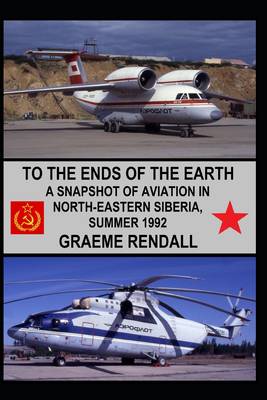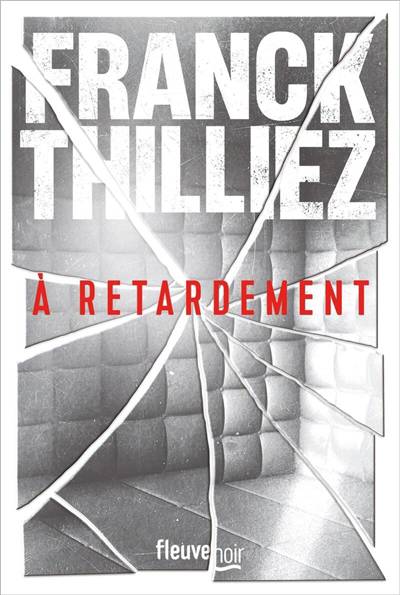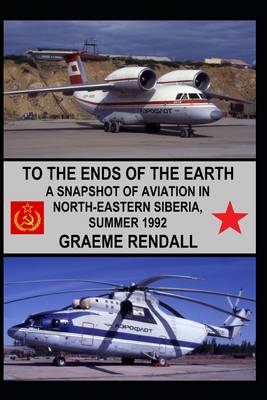
- Retrait gratuit dans votre magasin Club
- 7.000.000 titres dans notre catalogue
- Payer en toute sécurité
- Toujours un magasin près de chez vous
- Retrait gratuit dans votre magasin Club
- 7.000.0000 titres dans notre catalogue
- Payer en toute sécurité
- Toujours un magasin près de chez vous
To The Ends Of The Earth
A Snapshot Of Aviation In North-Eastern Siberia, Summer 1992
Graeme Rendall
Livre broché | Anglais
23,45 €
+ 46 points
Description
In the summer of 1992, Graeme Rendall was one of a small group of photographers who flew around north-eastern Siberia in search of interesting aircraft. This was the first time such a group had visited this area, and it will almost certainly be the last for many years to come. Travelling north-eastwards until he effectively ran out of land, Graeme visited some extremely isolated towns and settlements along the way, places that faced an uncertain future after the recent fall of Communism. The "Iron Curtain" had been torn down less than three years earlier, and the Soviet Union itself had ceased to exist just six months beforehand. However, remnants of the old regime remained the further east he ventured. Flying in a variety of aircraft and helicopters that would not have seemed out of place in Aeroflot's operations during the 1960s and 1970s, Graeme encountered bureaucracy, secrecy, beauty and deprivation during his journey of discovery. Whilst the people he met were on the whole very friendly, some of the local wildlife might have had other ideas: "The area was known for its brown bear population.... It was not unheard of for them to wander onto some of the more remote gravel airstrips, however, so we were given a simple instruction if we saw one - 'Run!" Although there are just over 200 photographs in this book, it is not just a collection of images with some brief captions. The latter are included, but they have been expanded to provide full histories for each of the aircraft shown. For readers who are not interested in such details, the main text provides a detailed account of Graeme's journey, describing in depth the locations he visited, together with their histories. It is a look into a far-flung corner of a country which was undergoing a rare and surprisingly peaceful transition from an authoritarian state into something different, yet at that time largely undefined. Given the transformation of Russia into the country it has now become, this book provides a unique insight into its aviation history at a historic moment, one when the all-encompassing and monolithic Aeroflot organisation was on the point of fragmenting into hundreds of much smaller companies. An airline of similar scope or size will never be seen again.Full explanations of Soviet aircraft naming conventions, NATO codenames, factory designations and design bureaux are included, together with a detailed glossary. The book is best read in landscape format on a Kindle device or mobile phone.
Spécifications
Parties prenantes
- Auteur(s) :
- Editeur:
Contenu
- Nombre de pages :
- 296
- Langue:
- Anglais
Caractéristiques
- EAN:
- 9798729598663
- Date de parution :
- 02-04-21
- Format:
- Livre broché
- Format numérique:
- Trade paperback (VS)
- Dimensions :
- 152 mm x 229 mm
- Poids :
- 399 g

Les avis
Nous publions uniquement les avis qui respectent les conditions requises. Consultez nos conditions pour les avis.






